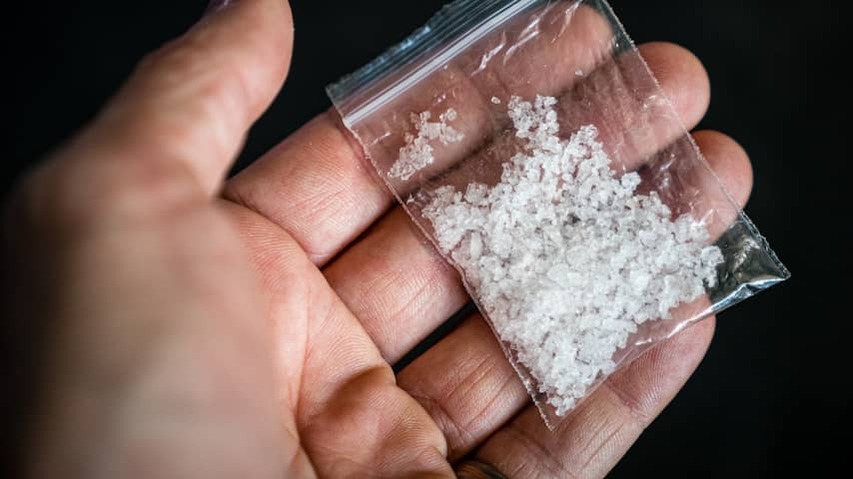
The designer drug 3-MMC, also known as “poes” (pussycat), is becoming increasingly popular in the Netherlands. However, drug testing locations are seeing that this drug also increasingly contains substances other than the actual 3-MMC. And that creates extra risks.
“For a number of years, we have seen that 3-MMC is on the rise,” Laura Smit-Rigter tells NU.nl. She is the coordinator of the Drugs Information and Monitoring System (DIMS), the umbrella organization of testing locations. 3-MMC is also known as 3M, poes (pussycat) or miauw (meow). Most people snort the designer drug as a powder, but it is also available as a pill.
The drug has been illegal in the Netherlands since October 2021, but its use has increased significantly in recent years. In 2020, ‘only’ 8.9 percent of young people going out used 3-MMC at some point. In 2023, that had risen to 33.7 percent, according to the most recent figures.
The DIMS sees that the substance increasingly contains other substances than what it is sold for since it became illegal. Only 13 percent of the tested 3-MMC actually contained 3-MMC last year, according to a new report. In 2023, that was still 30 percent.
What is 3-MMC?
3-MMC has a stimulating effect. It gives energy and a euphoric and confident feeling. At the same time, people can also experience heart palpitations and anxiety, panic, and insomnia.
People who use drugs mainly take “poes” (pussycat) while going out. But the Trimbos Institute also sees a shift towards the home setting and more frequent use over time.
Because many people snort 3-MMC, the drug works quickly, and the effect is more intense. On the other hand, the effect also wears off quickly, and users often take more. “That creates an extra risk of addiction,” says DIMS.
Unpredictable effects due to other substances
In most cases (65 percent), it only contains 2-MMC. That substance is very similar in structure to 3-MMC but is still legal in the Netherlands for the time being. That is because 2-MMC has not been present on the drug market for very long.
According to the DIMS, it is difficult to say whether 2-MMC is more harmful. “Not much research has been done on this yet. But there is always an extra risk because people don’t know what they are using. They think they are using one thing, but they are often using something else. And that can also be different every time.”
In addition, testing locations came across the substance N-ethylnorpentedrone (NEP) in 4 percent of the tested “poes” (pussycat) last year, something they had not seen before. “That is really a new development,” says the DIMS. Moreover, NEP seems to be more harmful than “poes” (pussycat) anyway. That substance is much stronger than 3-MMC. People who think they are snorting “poes” (pussycat) therefore take too much more quickly and experience negative side effects more often, such as heart palpitations and insomnia.
The fact that 3-MMC often contains other substances can cause extra health risks. “If the drug works stronger, you need less to get the same effect, but the chance of overdose is greater,” says the DIMS. “Also, if people combine it with other substances or medication. That interaction can turn out differently, giving you unpredictable effects.”
Previous research by the Trimbos Institute already showed that hospitals and first aid posts at festivals encounter more incidents with 3-MMC. For example, users suffer from anxiety, nausea, dizziness, and heart palpitations. But it is difficult to say whether that is due to the increasing popularity of 3-MMC or the misleading composition.
What is the DIMS?
The Drugs Information and Monitoring System (DIMS) is part of the Trimbos Institute. That network investigates, among other things, which substances are present in drugs, what the health risks are, and which drug trends are currently in the Netherlands. 33 Dutch testing locations are affiliated with the DIMS, where people can have their drugs tested.